Tzolkinex
The tzolkinex is an eclipse cycle equal to a period of two saros minus one inex. As consecutive eclipses in an inex series belongs to the next consecutive saros series, each consecutive Tzolkinex belongs to the previous saros series.
The tzolkinex is equal to 2598.69 days (about 7 years, 1 month and 12 days). It is related to the tritos in that a period of one tritos plus one tzolinex is exactly equal to one saros.
It corresponds to:
- 88 synodic months
- 95.49723 draconic months
- 7.49723 eclipse years (15 eclipse seasons)
- 94.31081 anomalistic months.
Because of the non-integer number of anomalistic month each eclipse varies in type, i.e. total vs. annular, and greatly varies in length. Every third tzolkinex comes close to an even number of anomalistic months, but occurs during a different season, and in the opposite hemisphere, thus they may be of the same type (annular vs. total) but otherwise do not have a similar character.
Details
"First studied by George van den Bergh (1951). The name Tzolkinex was suggested by Felix Verbelen (2001) as its length is nearly 10 Tzolkins (260-day periods)." [1]
It alternates hemispheres with each cycle, occurring at alternating nodes, each successive occurrence is one saros less than the last.
| Date | Saros | Gamma | Magnitude | Graph |
|---|---|---|---|---|
| 1992 Jun 30 12:11 | 146 | -0.75 | 1.06 | 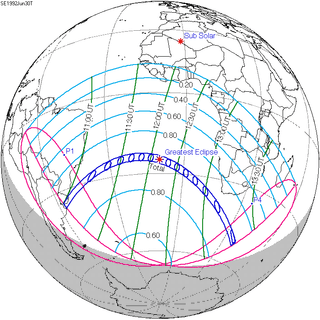 |
| 1999 Aug 11 | 145 | 0.51 | 1.03 |  |
| 2006 Sep 22 | 144 | -0.41 | 0.94 | 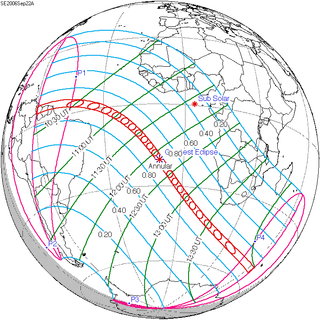 |
| 2013 Nov 03 | 143 | 0.32 | 1.02 | 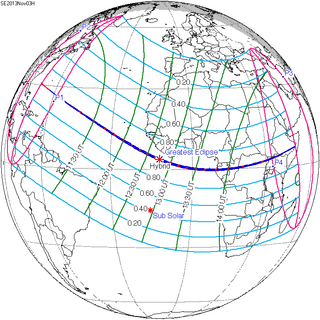 |
| 2020 Dec 14 | 142 | -0.29 | 1.03 | 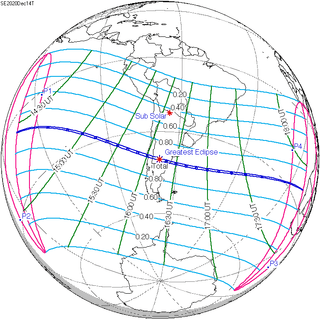 |
| 2028 Jan 26 | 141 | 0.39 | 0.92 | 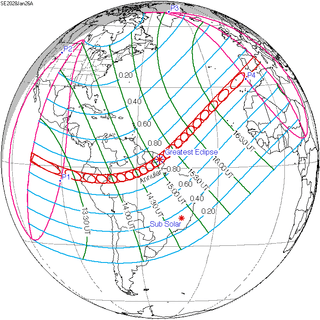 |
| 2035 Mar 09 | 140 | -0.44 | 0.99 | 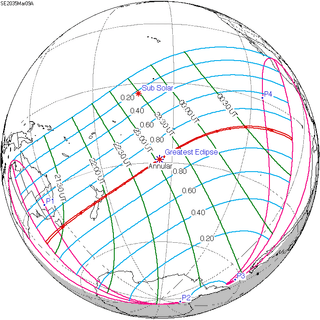 |
| 2042 Apr 20 | 139 | 0.29 | 1.06 | 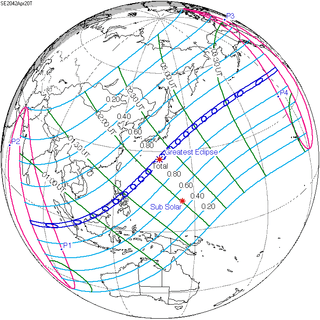 |
| 2049 May 31 | 138 | -0.12 | 0.96 | 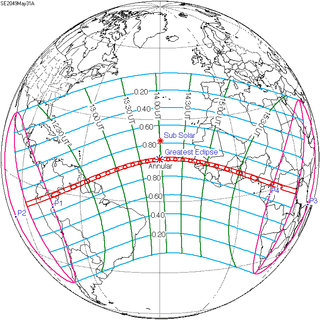 |